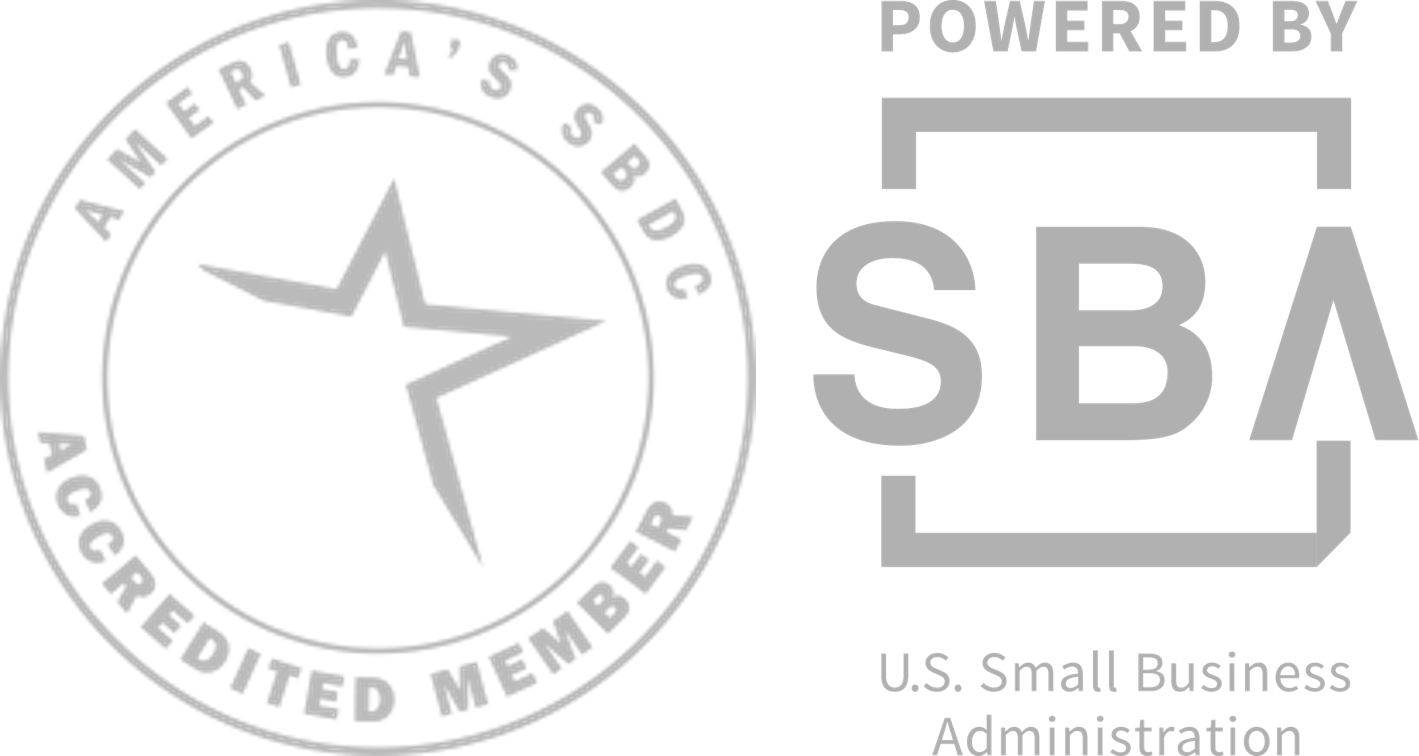Keeping Ozzie and Harriet Hours in a 24/7 Business Climate
That was 64 years ago and things have changed. Mom and dad both go off to jobs – if they are still married – and either grab food from the drive through or crank up the crockpot hoping the slow cooker will have everything ready when they get home.
The challenge for many small businesses is that they still try to operate their store as if Harriet was still free to do all the shopping before 5 p.m. Their posted hours of operation, typically Monday through Friday from eight to five are actually saying ‘Working people – we don’t want or need your business.’ And they wonder why no one comes through their doors.
I know that this is a gross generalization, but for some business owners this could be part of the reason their intended customer doesn’t show up, and neither does their positive cash flow. Here are a few things to consider as you assess your operating hours:
- Much of the purchasing in the U.S. is done after 5 p.m.
With the trend having moved to both husband and wife working or in other cases to single parent households, there is more buying taking place after the work day is finished. If a business is not accessible during those hours the potential customer is forced to seek other providers, whether at a storefront or an Internet site.
- Determine what your current optimum selling times are.
Many major businesses know what their hourly sales are and can tell you how much revenue they have every hour of the day. They have studied the trends so that they know the slow sales times and the high volume times. They use this information to schedule staff and to control inventory. Determine your optimum time of the day to see if you need to modify the hours and possibly extend evening hours.
- Study the buying and selling hours of successful businesses in your area. If your major competitors are staying open later, find out their hours. How many people come into the stores during the operating hours after 5 p.m.? Would you be able to compete for this traffic in those hours? Some of this can be done through getting information through trade associations and some can be on your own through primary research such as sitting in the parking lot of your competitors and counting the number of people visiting the store during the hours after you close doors for the day. Judge how this compares to the traffic you have in your store throughout the day and week.
- Determine what it would cost you to maintain store hours after 5 p.m. Actually determine what it costs to maintain your regular store hours as well. Then you have the ability to compare the cost of both to their potential return. It may be that you find that the morning hours do not yield enough to open up so early. Opening later and staying open later may be cost effective.
- Advertise the new store hours.
Just changing the hours will not be enough. If the public does not know that you are open they are not going to come. Consider working with the local chamber for a mixer or open house. In the beginning, consider offering specials for certain high margin items bought after 5 p.m. for a limited time.
- Set a reasonable amount of time to test the new store hours.
Even after advertising it may take some time for the new hours to be recognized. Customers need time to adjust to your new availability. Many companies don’t give enough time to see if positive results can be generated. Take time to let the word get out.
- Assess the sales for the new store hours and determine whether this improves your revenue and profits.
After you have given enough time and advertising to let the public know you are there, assess your new hours and whether they improve your revenue and profits. Once again, it takes time to train the customer base that you have new hours so budget for the initial time and be patient. Determine which grouping of hours serve you and your intended customer base the best. And adjust accordingly.
In 1946, Southland Corporation changed the name of its convenience stores from “Totem Stores” to “7-Eleven” indicating the new hours that they would be open. This was something out of the realm of normalcy in the Ozzie and Harriet era, but by 1969 the chain had increased its hours to 24 hours a day, seven days a week to meet customer needs. I’m not suggesting you do 24 hours a day, but it might not hurt to see if you can increase your revenue by making you store hours more accommodating to the customer.
There is an old saying that goes, “As a business owner, you get to decide which 80 hours a week you work.” It sounds great but it is not true – your customer ultimately decides your hours. If you don’t open, then they will find someone who will. Find out what hours your customers want.




